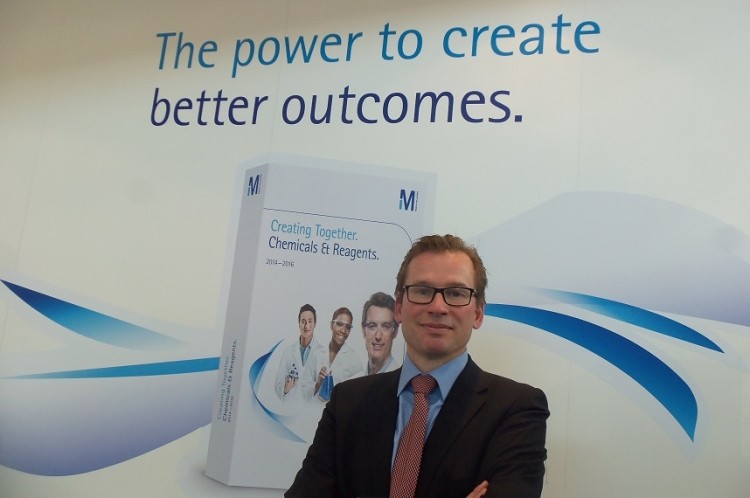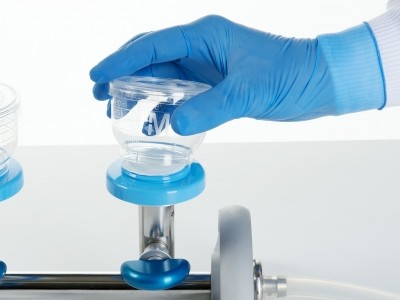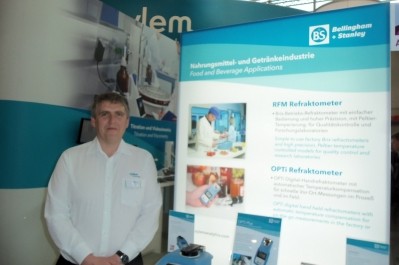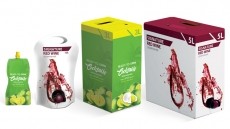dispatches from Analytica 2014
Merck: Food industry wants rapid methods

The firm said rapid methods, such as a molecular biology platform such as polymerase chain reaction (PCR) allows higher throughput.
Damien Tuleu, vice president, head of BioMonitoring, said the goal was to provide industry with products in microbial detection.
“The beverage industry has more or less the same concern with spoilage microorganisms in soft drinks or orange juice and so on," he told FoodQualityNews.com at the 2014 Analytica trade show in Munich.
“So it is important for them to have a good understanding about their process, how it behaves from a risk of microbial contamination and when they release to the market they have to be sure that the beverages will not include any spoilage microorganisms.
“We offer media for the growth and detection part of it and also sample prep devices which will help customers to have a streamlined workflow in their operating process, in the lab area and a convenient way to do the test itself.”
Granulated media
Merck Millipore explained why dehydrated culture media (DCM) is preferred against other types such as powder culture media.
“The first [reason] is granulated allows a faster and better dissolution of the media within the buffer. The second one is concerning the handling itself, when you are using powdered media, very often when you open the package you have powder floating around in the lab, which could create a concern in terms of cleanness and cross contamination.”
Tuleu said the pharmaceutical side is well harmonised across all areas while food and beverage remains specific to the local culture and market.
“This means that the complexity in our offering is to ensure that first of all we can fulfil international standards such as ISO but also the flexibility from a media-offering point of view where we can customise some products to fit or fulfil the Chinese or Indian requirements for example.”
The number of tests is increasing in the quality control labs because of the pressure from local regulations.
“It is true that because the number of tests is increasing, quality control operators and managers are looking for more convenient and easy of use tools," said Tuleu.
“One is ready-to-use agar plates, which means that you don’t need to prepare the media yourselves using dehydrated culture media and dissolve it into water, now you have the ability to provide to the customers ready to use agar plates that they can use directly for their detection.”
Risk of scandal
Risk-taking behaviour in terms of releasing product from the food industry is decreasing, said Tuleu.
“Definitely there is still education to do as the food industry, it is still under the cost constraint sometimes there is behaviour where people are able to take risks in releasing product that could be detected or they don’t test it,” he said.
“But that trend is disappearing from the market because we do know that any scandal or product recall is always harming the brand of the company. Despite the cost pressure from a market point of view you have that big push to enhance the quality control requirements of the product before the final release.
“We do see that trend of people wanting to invest in better control processes and we also see there is a huge trend to move from traditional methods to rapid methods to release the product sooner to the market.”
Tuleu said whole genome sequencing (WGS) is used to get more information about a particular contamination.
“In the past going to the species level was enough to understand where your contamination is coming from,” he said.
“What we do see, in food I am not so sure right now, but in the pharma industry definitely, is that they want to go down to gene information to map out what are the contaminants in their plant.
“Because once they know the detail about what contamination they have from a microbiological point of view, they can act on the source of the contamination.”















